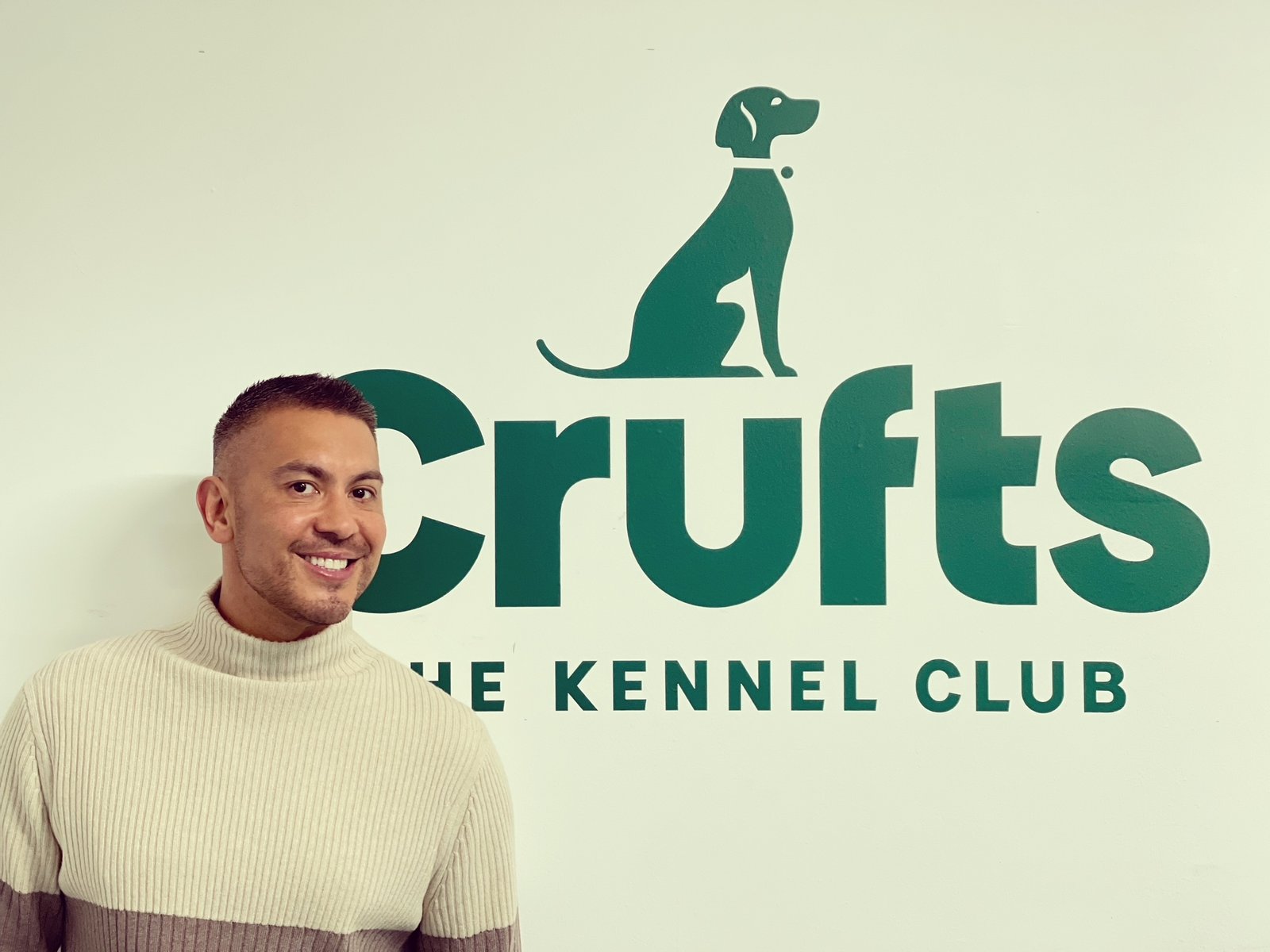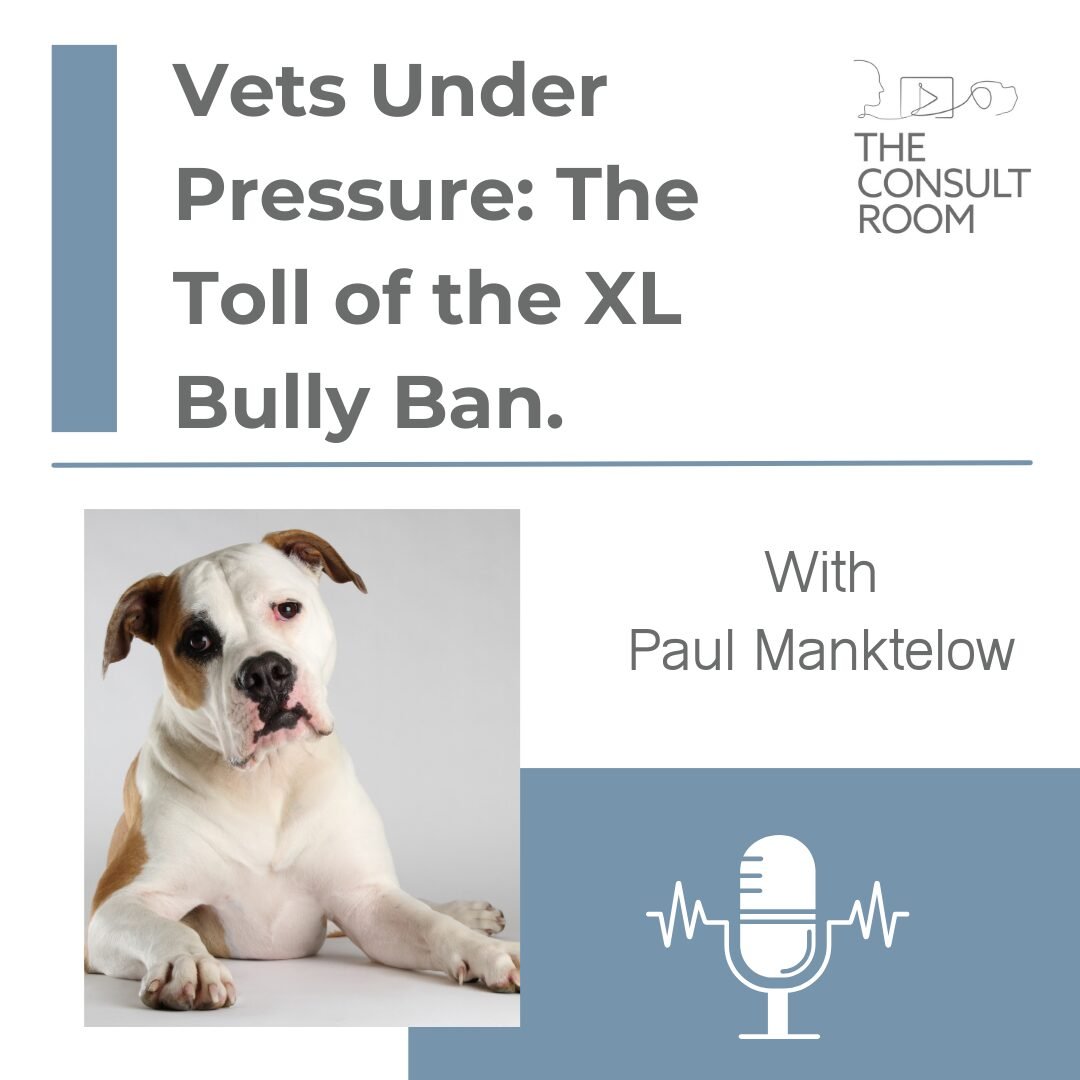Dog ownership is a wonderful thing! However, the cost-of-living crisis and increased financial pressure makes owning a dog an added expense or impossible dream for many families. As an advocate for the benefits of dog ownership, I’ve previously suggested alternative ways to share the costs – and the joy – of owning dogs and now have a podcast specifically dedicated to dog sharing.
What is dog sharing?
Essentially, dog sharing is when two or more households jointly take care of a dog – a bit like co-parenting for pets. Each family shares the joys of owning the dog but also the responsibilities.
This is something I personally experienced with my previous dog, Dolly, an amazing staffie cross rescue, shared for over 10 years with close friends. I found it an amazing way to share the responsibility and costs of dog ownership whilst also enjoying the benefits and companionship of a wonderful dog.
Click here for the full podcast, including personal anecdotes about my Dolly dog-share.
Dolly dog-share
I first met Dolly when she came into the veterinary practice as a cruelty case – a dog who needed rescuing. With full time work, plus plenty of travel and weekends away, I knew I couldn’t dedicate myself to a dog full-time. Interestingly though, I’d had a recent conversation with friends who also felt the same way. When it became clear Dolly needed a new home and, despite her sad experiences, showed such a lovely temperament, was sociable and well-adjusted, I realised that dog sharing really could work.
After long, detailed chats with my friends, we discovered that a Dolly dog-share was a win-win situation all round, not least for Dolly! She went on to have ten brilliant years, two fantastic homes, double the amount of holidays and the best life ever. And for us, it was the very best experience too.
Benefits of dog sharing
There are many benefits of dog sharing but the biggest one is splitting the costs of owning a dog. Costs like food, insurance, vet bills and grooming soon add up but sharing can ease these significantly.
Shared responsibility can also be a real benefit – especially if you have a busy lifestyle. In my experience, working an incredibly busy job with stints on-call (sometimes at short notice) it was great having friends who could give me back-up and take responsibility for Dolly when I wasn’t available. Of course, it also worked the other way around and sharing responsibility also saved the costs of dog walkers, doggy day care and kennels – all those extra services you need to pay for when you have no back-up for caring for your dog.
Starting to share
In my experience, the most important thing is to find the right people to share with; that’s people you trust and have a good rapport with, before sorting out the sharing routines:
- If you don’t know the sharers too well, spend time considering aspects beyond whether their garden is secure! For example, where they live, what their values are, how they approach aspects like doggy discipline and training, their understanding of feeding – and of risks. Essentially, you’re checking out for all the things that make up really good, sensible people.
- Bring schedules into the conversation early on, as it’s vital to sort a schedule that suits everyone. Consider all aspects when working out ‘what suits’ including work schedules, other commitments and responsibilities, plus planned absences. This helps ensure everyone gets their fair share of time with the dog, at times which suit them.
- Whatever schedule is sorted, flexibility and communication remain important as it’s always good to maintain clear communication across dates, arrangements and routines. Some routines, like feeding times, will have to be fixed across both homes whilst others will be adapted according to your own work schedules. And remember the dog’s ‘routine’ too – Dolly loved a walk first thing in the morning, so we all had to be prepared for that!
- It’s also good to organise hand-over routines, for example, who makes the trip for the swap-over? Often I’d meet my friends in a park somewhere in London or we’d arrange a meet up en-route somewhere convenient, so have a good chat about what works on changeover days.
On ownership, roles and responsibilities
From a legal – and paperwork point of view – someone usually needs to step up as official owner of the dog, for example for the microchip registration. As my own arrangement was with very good friends, ours was a spoken word agreement: for the microchip, I was Dolly’s official owner but we shared our time with her.
It’s also useful to talk about any specific areas of responsibility which might crop up for whoever has the dog at a given time. For instance, as a vet it made sense for me to be responsible if Dolly needed emergency veterinary treatment, and likewise, for meeting veterinary costs or making big health decisions. As a result, I would take most of the financial responsibility should I need to and that was quite well understood in our group.
However, if you are going into a new arrangement with people it’s probably worth drawing up a written agreement – not only to protect all parties involved but also to create real clarity on the arrangement. This can be particularly important as time passes and the dog (and well as everyone in the households involved) gets older and needs or abilities change. With the average lifetime of a dog being anything from 8 – 20 years depending on the breed, it also helps give clarity around end-of-life decisions.
I was really comfortable with decision-making at Dolly’s end-of-life, although it was understandably quite tricky to gain agreement from those who’d also been heavily involved in her life for the last 12 years. This is another reason why I’d recommend considering who is going to make those decisions if need be and including something in the written agreement to that effect, because those big decisions have the potential to make sharing arrangements quite tricky and complicated.
Listen to the podcast to discover more about the murky muddle between microchips and ownerships.
Rules, boundaries and bends across the bonds!
From a communication perspective, it’s also a great idea to have early conversations about the ‘rules’ for the dog – because two different households might have very different views on what is OK or not. For example, it was really important for me that Dolly understood she was not permitted to beg for food at the table and that no one should feed her from a plate.
Consider your own preferences and start that discussion early, so that agreement can be reached. However, it’s not just the discussion, but also the dog that’s important!
Because I also don’t like dogs on beds or sofas, I was very specific about this as a habit but, as a whole other household, my friends found dogs on the sofa or beds completely acceptable as a way to bond. Interestingly though, Dolly quickly adapted to the rules for each house; in my house she wouldn’t even attempt to jump on the sofa, she’d come into the room, curl up on her bed and happily go to sleep. But when I visited my friends’ house, she’d jump up on the sofa, sit next to me and put her head on my lap as if to say ‘hey this is my space.’ This was absolutely fine as Dolly seemed to adapt to where she could and couldn’t go in each house.
So it turned out not to be a rule problem for us, but in terms of general dog sharing, my advice would be to identify deal-breaking rules and be sure you’re all in agreement on those.
Challenges
Despite even the best plans and agreements, challenges and changes will always arise. Potential challenges include:
- Scheduling issues – build in flexibility on both sides, where possible.
- Disagreements – from arrangements to rules, from feeding to discipline, disagreements surface from time to time. The key thing is keeping communication open and the health, well-being and best interests of the dog at the heart of it all.
- Emotions – sometimes there’s a bit of an emotional tug with all the comings and goings. Dogs get so excited when they’re going places and sometimes when you’re handing the dog over, the door opens and off they go – without looking back! Dolly was like this and Rodney also when he goes to his daycare or BorrowMyDoggy sharer. In a way it’s good, because you know they’re keen to be going to a place where they feel safe and have fun and it’s all part of that shared bond between you all.
The right dog
For a successful sharing experience like ours with Dolly, getting the right dog is as vital as finding the right share-partner, whether:
- You and your share-partners propose choosing a dog together.
- You already have a dog that you’re thinking of sharing with somebody else.
- Someone else has a dog and you’re considering getting involved in a share.
Whichever way around, it’s important to consider the dog’s temperament, age and energy levels. This helps ensure the dog is a good fit for all involved.
I’m a great advocate for rescue dogs and if you’re getting a rescue dog it’s especially important to consider its overall temperament, which might be impacted by its past experiences. If the dog for sharing is clingy, suffers from separation anxiety or they’re nervous in different situations or environments then it’s probably not a suitable dog for a sharing arrangement.
Check out whether the dog shows the emotional resilience and adaptability to the various environments that dog sharing will involve. As an easy-going, people-loving dog, Dolly adapted well to different environments. She was also relatively well socialised with other dogs so ideal for taking into lots of different situations.
If one of you already owns the dog, it’s definitely worth having a bit of a trial-run by looking after the dog or passing your dog to someone else for a few days.
The social side of dog sharing schemes
Dogs have an amazing capacity for bringing people together. Sharing a dog not only enriches your social circle by establishing a connection with the sharers, but can also lead to lasting friendships. Sharing often involves popping over to each others’ houses to pick the dog up or drop the dog off – which can also mean sharing a chat over a cup of tea or glass of wine. There are also times when it’s fun to go places all together with the dog, in the early getting-to-know-you days and later on when friendships are established, which is really great.
Dogs are also a real mechanism for being socially connected, just by taking a dog for a walk in a park and striking up conversations with other walkers. When you share your dog, there’s an added surprise when you’re out walking the dog and others recognise your dog but have no idea who you are or someone doesn’t notice you because you haven’t got your dog with you!
To sum up from my personal experience, dog sharing is a really fantastic way to experience the love and the companionship of a dog without that full-time commitment, responsibility and cost – so as a vet and a pet owner, I’m all for it.
If you’re not sure about getting started, there are alternative dog-sharing schemes out there too, so why not listen to my previous podcast about Borrow My Doggy, one of several schemes out there which are really good and conducive to dog sharing.
 Dr Paul Manktelow is a vet who’s worked for almost 20 years on the front line in some of the UK’s busiest veterinary hospitals. As Chief Vet in the Charity Sector, he leads a team of vets and nurses that treat thousands of pets every year. Paul also appears regularly in the media as a TV and radio presenter, writer, public speaker and podcast producer.
Dr Paul Manktelow is a vet who’s worked for almost 20 years on the front line in some of the UK’s busiest veterinary hospitals. As Chief Vet in the Charity Sector, he leads a team of vets and nurses that treat thousands of pets every year. Paul also appears regularly in the media as a TV and radio presenter, writer, public speaker and podcast producer.






Leave A Comment